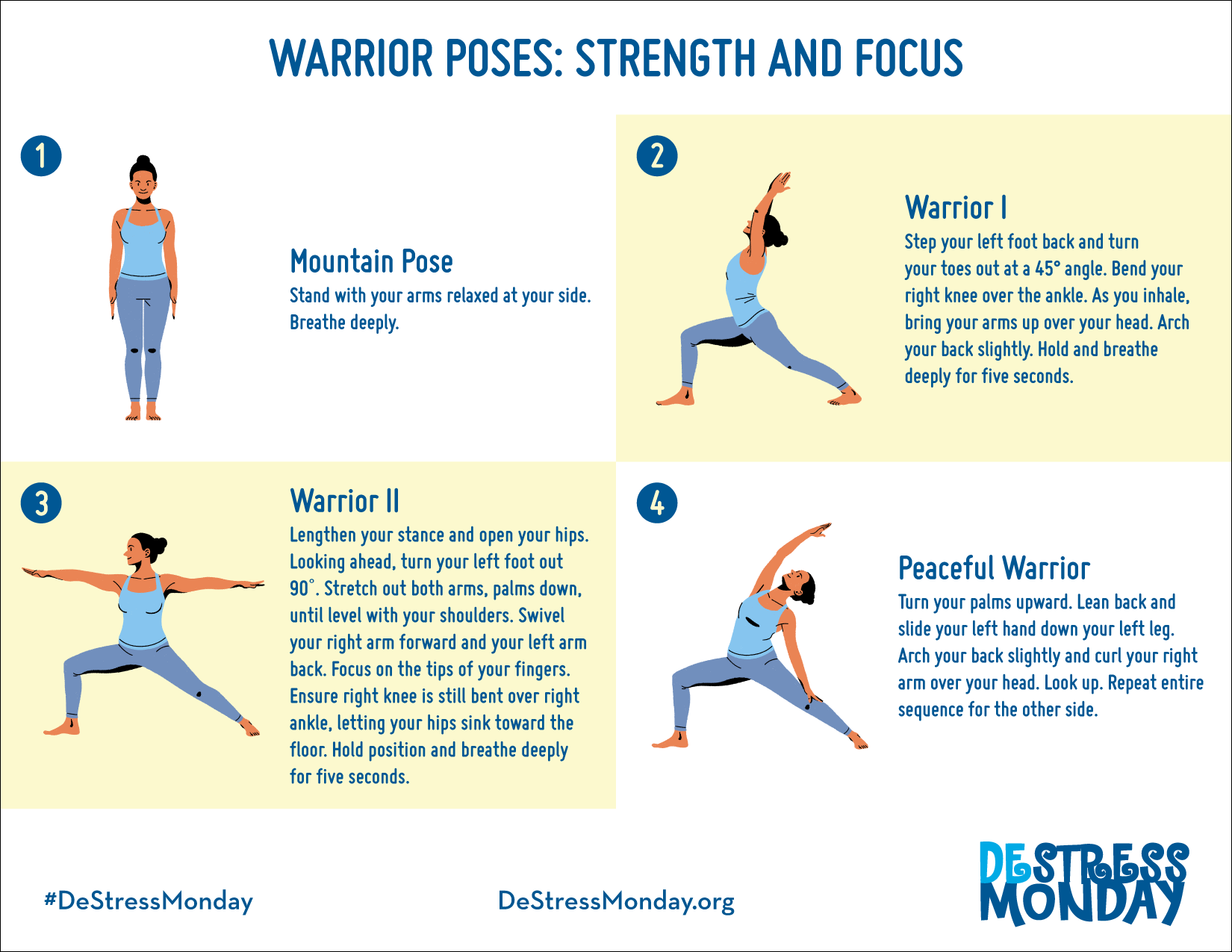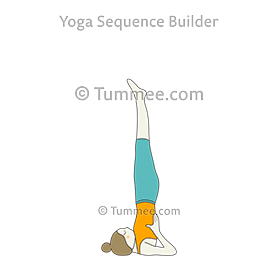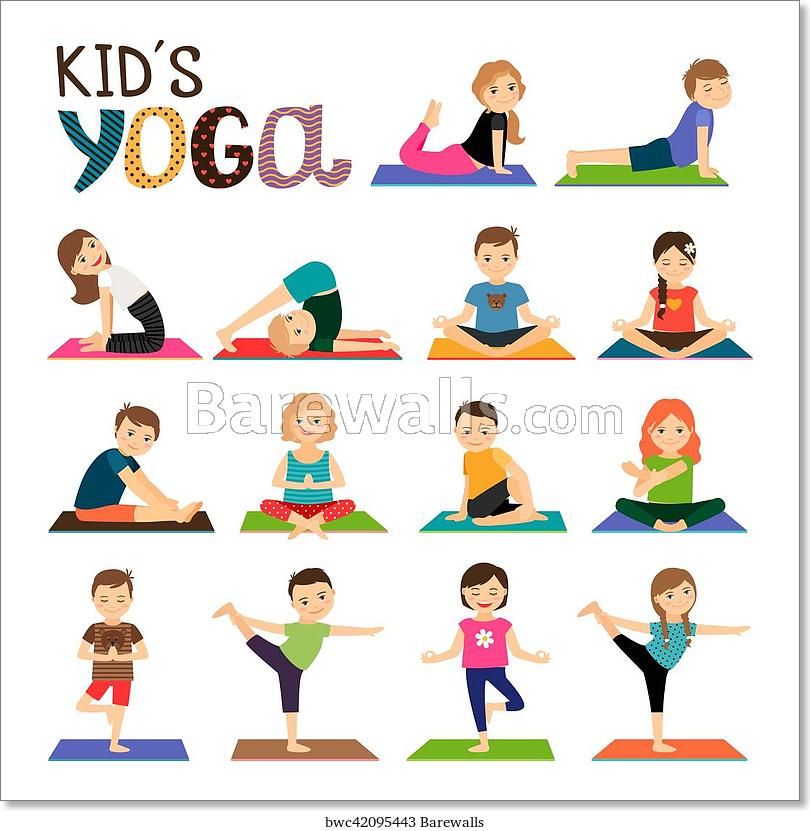
People from all over the world have discovered that yoga is an excellent form of pain relief. Yoga is extremely adaptable and can be done by anyone regardless of fitness level. Yoga is more than a stretching and strengthening exercise. It's also a spiritual practice. In India, yoga was originally used to treat physical ailments, including knee, back, and neck pain. Yoga might be an option, depending on what kind of pain you are experiencing.
Yoga for pain relief helps the body to balance itself. This is helpful for people suffering from chronic pain. The exercises help reduce inflammation, pain perception, mobility, and pain. Before you start a program of yoga, it is important that you consult your health care provider to find out about any restrictions. This will enable you to create a plan that works for you, and give you the best results. Also, the yoga exercises will help you understand the importance mindfulness.

The most common problem area for women is the headache. These can result from hormone imbalances or stress. An integrative approach to yoga for pain relief may be able to reduce the severity and frequency of headaches. In addition, the painful neck area is often the source of headaches. This area is ideal for yoga. While it is important to seek professional medical advice before you begin, a good yoga instructor can provide guidance on the most effective postures for your condition.
Yoga is often associated with relaxation and stretching, but it can also help with chronic pain. Regular yoga practice can help improve your quality of living and decrease pain. This type of exercise will not work for everyone, but it is a great way improve your overall health. Yoga is great for pain relief. You might want to take a few classes.
There are many techniques that can be used to help you relax if you're searching for holistic pain relief. You can control your breathing with some of the best practices. You can also use visualization to manage pain. This powerful technique helps you to concentrate on the pain and ease any tension. Visualization can provide relief for the mind and body.

You will want to choose the right yoga class for you. Some yoga classes are gentle and slow, while others have more difficult poses and postures. To find the right type of yoga for you, consult a professional. You want to find a class that's gentle and appropriate for your back pain. You can strengthen your back muscles by taking a class, but it won't cause serious injuries.
FAQ
What is the best way lose weight?
Losing weight is easier said than done. Many people give-up easily because they don’t have the right information.
To lose that extra weight, however, there are simple steps you could take.
First, you must ensure you eat fewer calories than you burn. If you are eating more than you are burning, then you are going to gain weight.
The second is to get regular exercise in order burn those calories. You can choose from different types of exercises, including jogging, walking, cycling, dancing, etc.
Third, you need to stop drinking alcohol and smoking cigarettes. These habits lead to a higher intake of calories than usual.
Fourth, it is important to reduce the consumption of junk food and fatty foods. These can be replaced with healthier options like fruits, vegetables and whole grains.
Fifth, it is important to make lifestyle changes and develop new habits. It is possible to wake up at 5 AM to go to work, or to be more active before you get to work.
Sixth, it is important to be disciplined about your diet and follow it.
Lastly, you can join a gym or attend an aerobics class to burn those excess calories.
Follow these simple steps and you'll soon start to see the results.
Are There Any Benefits Of Doing Yoga?
Yoga has been around since ancient times and has gained popularity recently. Celebrities, as well as everyday people who are looking to stay fit and healthy, have made yoga a hugely popular choice.
Yoga is great for strengthening and stretching your muscles. Yoga is also great for calmening your mind and relaxing.
Yoga and other forms exercise differ in that yoga is focused on breathing techniques.
You can practice various poses to improve your flexibility and balance.
Which order is best for working out?
It all depends what you want. To build muscle mass, you should first lift heavy weights. Next, move on to cardio. If you are looking to lose weight, then move on to strength training.
Start with cardio if you only want to lose fat. Add strength training to your workouts.
Cardio is the best way to build muscle mass.
Eat before you go to the gym. This will give your muscles more fuel, so they work harder. Plus, it makes you feel better during your workout.
Is it true that kidney stones can be caused by overeating protein?
Protein helps maintain healthy bones and tissue. But consuming too much protein can lead to calcium excretion through urine. This can lead kidney stones.
It's important to note that not everyone gets kidney stones after eating more than 2 grams of protein per kilogram (2.2 pounds) of body weight. High amounts of protein can be consumed by some people without causing kidney stones.
By being careful with your sodium intake, you can prevent kidney stones. Sodium helps regulate water balance in the kidneys. Too much sodium results in a higher risk of developing kidney stones.
If you have kidney stones, you can reduce your intake of protein. For most people, protein provides half their daily caloric requirements. It is possible to lose weight by cutting down on your intake of proteins.
If you do decide to eat more protein, don't go overboard. You should aim to consume less than 20% of your total calories from protein.
Do I need to exercise every morning?
No! Get at least 30 minutes of moderate-intensity physical activity 5 days a week. That could mean walking fast enough for you to get slightly out of breath and biking hard enough for you to sweat.
How many times per week should I exercise
It all depends upon how much time you have and what type or exercise you prefer. You should do moderate-intensity aerobic exercise three to five days per week. It is important not to overdo it. For maximum results, consistent exercise is key to getting the most out of your workouts.
Which exercises are most effective for me?
It all depends on what type of fitness goals you have. Some people focus on endurance activities like running, cycling, and swimming. Some people enjoy lifting weights and using resistance bands. There are many exercise programs on the market today. Pick the option that fits your needs.
Statistics
- An estimated calorie range for moderately active adult males falls between 2,200 to 2,800 calories per day, depending on age. (eatright.org)
- According to the American Academy of Dermatology (AAD), men over 50 are at a heightened risk of developing it. (healthline.com)
- By John Thompson Take a whopping 38% off a set of PowerBlock Pros. (menshealth.com)
- 10 pounds in a month is likely during a lean bulking phase, especially for beginners. (muscleandstrength.com)
- Are You One of the 20% of Guys (mh.co.za)
External Links
How To
How can I burn fat while exercising?
Exercise reduces calories by increasing metabolism, and oxygen consumption.
Moderate intensity exercise is a safe way to lose weight.
These are some tips to help you lose fat while working out:
-
Do cardio exercises such as walking, swimming, jogging, cycling, running, or elliptical training.
-
You can exercise for 30 mins three times per week.
-
Strength training is a great way to lose weight.
-
Avoid intense workouts. You can build muscle without having to lose muscle tissue.
-
Keep hydrated during exercise. Water flushes out toxins, and keeps your body properly hydrated.
-
After working out, drink low-fat protein shakes. Protein shakes repair muscles and increase energy.
-
You can eat smaller meals throughout the day so that you don't feel hungry in between meals.
-
Don't skip breakfast! Skipping breakfast can leave you feeling tired and sluggish.
-
Take care to your mental well-being. Stressful situations can slow down metabolism.
-
Keep a positive attitude. Studies show that people who believe they're overweight gain more weight than those who think they look pleasing.
-
Get enough rest. Insufficient sleep can make it more difficult to lose weight.
-
Active living is key. Keep moving every hour.
-
Maintain a healthy diet. Healthy eating will keep you fuller and more satisfied for longer.
-
Find relaxation techniques. Your body won't release stress hormones that cause muscle tissue destruction if you have a tense mind.
A balanced diet provides all the nutrients necessary for growth and development.
Eat six small meals each day instead of three large ones. This allows your body to properly digest what you have eaten.
For strong bones to be maintained, you need approximately 500mg of calcium per day. Calcium is available in dairy products like milk, yogurt, fortified soy beverages, orange juice, cereal, bread, and cereals.
Calcium comes from leafy green vegetables, beans, tofu, nuts, seeds, and cheese.
Vitamin D is essential for calcium absorption. Vitamin D is found in certain fortified foods, such as egg yolk and fatty fish.
Vitamin E is important for skin health. Vitamin E is found in vegetable oils and wheat germ oil, as well as peanuts, almonds and sunflower seeds.
Zinc is essential for healthy immunity and wound healing. Zinc is found in oysters, legumes, meats, whole grains, and seafood.
Zinc deficiencies can lead to fatigue, decreased appetite, depression, and reduced immunity.
Eating too much sugar causes insulin resistance, which increases blood glucose levels. Insulin resistance leads directly to weight gain.
High levels of free radicals can lead to insulin resistance. Free radicals can be molecules with unpaired electrons that cause damage to cell membranes.
Most free radicals come from pesticides herbicides, food additives, preservatives smoking, radiation, chemical in cosmetics, lotions and household cleaning supplies.
Free radical damage may lead to cancer, heart disease diabetes, arthritis, asthma and other conditions.
To prevent free radical damage, eat a healthy diet rich in antioxidants. Antioxidants protect against oxidative damage.
Vitamin C (found on citrus fruits), Beta carotene, found in carrots and sweet potatoes, spinach and broccoli, cantaloupe (found in tomatoes, mangoes and peppers), and Vitamin E (found nuts, olive oil and avocados).
Selenium, copper as well as manganese and zinc are some other antioxidant nutrients.
Selenium helps to protect cells against free radicals and oxidative stress. Selenium can be found in Brazil nuts and liver, kidneys, liver, kidneys, shrimp, cod, turkey and lamb as well as chicken.
Copper protects the brain and eyes as well as the lungs and red blood cells. Copper can be found in shellfish and poultry as well as meat and organ meats.
Manganese, an essential component of bone strength, is crucial. Manganese is found as a component of bone structure in brown rice (spinach, bananas), prunes, raisins and oatmeal.
Zinc is essential for normal growth, reproduction, wound healing, and average growth. Zn is present in lean cuts of meat and white fish, as well as eggs.